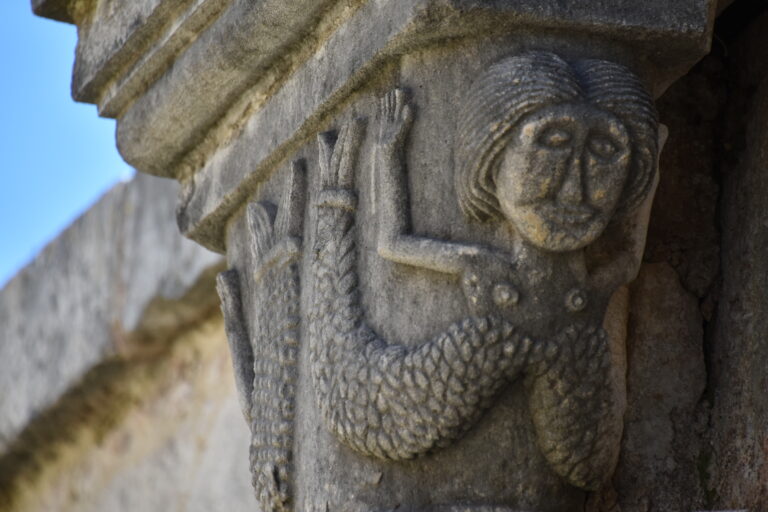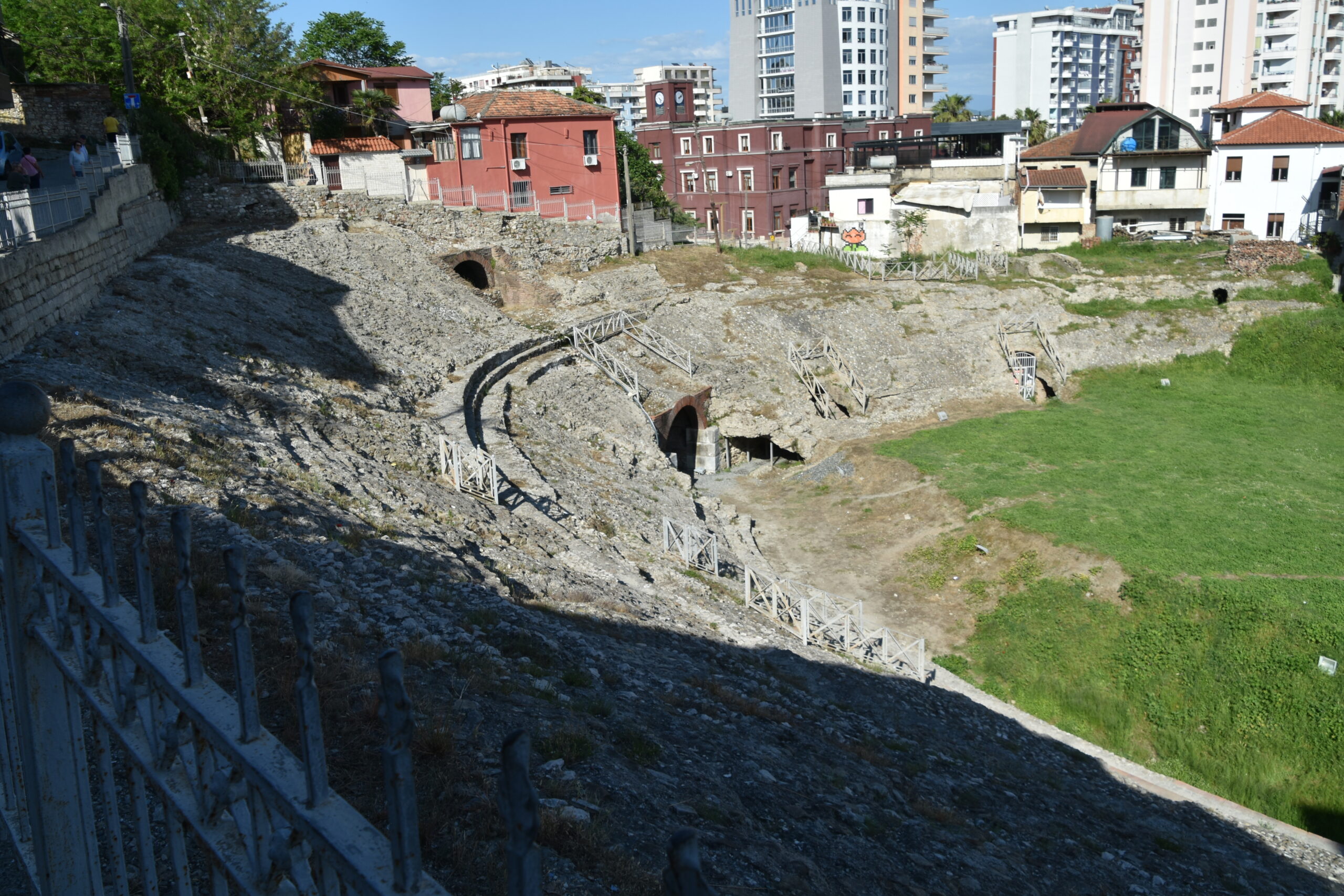Durres
Durrës is one of the oldest and most fascinating cities in Albania, as well as one of the country’s main cultural and tourist destinations. Located on the Adriatic coast, about 30 kilometers west of the capital Tirana, Durrës blends the energy of a modern city with the richness of a millennia-old past. Founded in 627 BCE by Greek settlers from Corinth and Corfu under the name of Epidamnos, the city has witnessed centuries of history, becoming a strategic and commercial hub for the Roman and Byzantine empires, and a cultural bridge between East and West.
One of the most extraordinary aspects of Durrës is its archaeological heritage, which can be seen in various parts of the city. The most imposing and iconic monument is the Roman amphitheater, one of the largest in the Balkans, capable of seating around 15,000 spectators. Built in the 2nd century CE, the amphitheater was partially buried by earthquakes and later constructions, but today it has been partially excavated and is open to the public. Its tiered seating, underground passageways, and a small Byzantine chapel with frescoes reveal the complexity of public and religious life in the ancient city.
Near the amphitheater are other Roman and Byzantine remains of great interest, such as baths, fortified walls, a number of well-preserved floor mosaics, and the ruins of the forum. A particularly notable artifact is the mosaic known as “The Beauty of Durrës,” dating from the 4th century BCE, one of the finest examples of Hellenistic art in Albania, now housed in the city’s Archaeological Museum.
The Durrës Archaeological Museum is one of the most important in the country. Recently renovated and located in a panoramic position near the seafront, it hosts an extensive collection of artifacts spanning the Greek, Roman, and early Christian periods, including statues, ceramics, everyday objects, coins, and sculptures. It’s the ideal place to understand the city’s evolution and its role over the centuries as a maritime and commercial hub along the ancient Via Egnatia.
Indeed, Durrës is historically linked to the Via Egnatia, the great Roman road that connected the Adriatic Sea to Byzantium (modern-day Istanbul). This made the city economically, politically, and militarily important for centuries. During the Byzantine period and later under Venetian, Ottoman, and Albanian rule, the city continued to evolve, adapting to the different cultures that passed through it.
Today, Durrës is a vibrant city, home to one of the largest ports on the Adriatic, a growing urban center, and a long-standing seaside tradition. Its modern seafront promenade, known as the “Volga,” is lined with cafes, restaurants, ice cream parlors, and hotels, and is a favorite spot for both locals and visitors to enjoy sunset walks or the fresh sea breeze. The beaches, wide and sandy, are well equipped and attract thousands of visitors every summer, both foreign tourists and Albanian families.
Despite ongoing urban development and modernization, Durrës still retains its ancient soul, visible in its historic quarters, its ruins, and the stories of its people. The presence of diverse religious and cultural communities, the blend of tradition and modernity, give the city an open, dynamic, and multicultural character.
Among the more recent historical landmarks is the Venetian Tower, a 15th-century fortified structure that was part of the city’s medieval defensive system. Nearby, one can find the Fatih Mosque and other Ottoman-era buildings, bearing witness to the cultural layers that define the city.
Durrës is also an ideal starting point for excursions to other destinations in Albania, such as the capital Tirana, the historic town of Kruja, or the beach resorts along the Adriatic and Ionian coasts. Thanks to its strategic location and ferry connections with Italy (especially Bari), the city has long served as a gateway to the Balkans and the Eastern Mediterranean.
In conclusion, Durrës is a city that blends history and modern life, ancient ruins and lively beaches, culture and entertainment. It’s a place where you can walk among the columns of an ancient amphitheater in the morning and swim in the sea in the afternoon, where the scent of salt air mixes with Mediterranean cuisine, and where every corner tells a story from the past. Visiting Durrës means not only discovering a crucial chapter of Albanian history but also experiencing the authentic energy of a city that continues to look toward the future without forgetting its roots.
There are some sights to see, but
[Apr. 2024] On the way back to the capital, Tirana, during a tour of Albania, we stopped off in Durres, a large coastal town. This wasn’t on the itinerary. Our guide was very service-minded. It’s…


